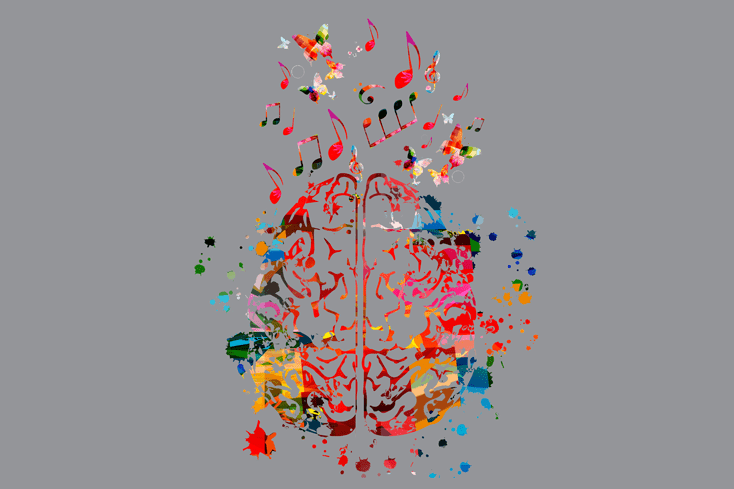
When I’m arranging flowers, I first pick out the greenery, often branches with full leaves, like the pepper tree or the viburnum bush. Then I choose a flower that intrigues me, usually one that yields many colors, depending upon how and where I look at it. I allow the colors to guide my next movements. I follow my eye, and trust that something will emerge. I build something — a tiny garden. A finite space constructed by me, made of nothing but water and plants.
I don’t think this process differs too much from therapy. It’s most often when I’m creating that I’m able to make space for new meaning to live by. It’s often when I’m following a feeling that I am able to tap into the undercurrent of where that feeling was born. I think what we’re doing when pursuing self-work — whether it be through therapy or another route — is making space for our inner wisdom to reveal itself to us.
I moved to California for graduate school, to pursue a degree in Expressive Arts Therapy, and I left a life behind. The voice of fear — my inner critic — predicted the pervasive loneliness, the heartbreak, the invisibility I’d feel during that transition. But it didn’t predict the wonder or openness that occurred underneath and past those points of withdrawal, largely due to the healing and expressive work I was doing. Using art to heal the memories of people telling me I could not be an artist allowed me to better connect with my clients.
Healing the Inner Artist
During my first year in the graduate program, for a student-led presentation on the unit of drama therapy, I put on a one-woman play in which I portrayed myself and my mother. It was six minutes long — nothing fancy. I chose to reenact a time when my mother called me a failure, and a time when we laughed together, in the car, on the way to New York, when she pretended to be a puppet who organizes the pantry by eating all the food inside of it. I shared the time when she’d written to me that I am much of what she would like to be; someone she feels she is not. I overlaid these short scenes with narration — words about how far away I felt from her, and how close I felt to her, at once. Through this exercise, I was able to express the grief of that confusion — loving someone who loves, hurts, understands and doesn’t understand you.
I performed this in front of my classmates and teacher, who, afterwards, made me pieces of artwork called “aesthetic responses.” In the expressive arts world, aesthetic responses are, as they sound, artistic acknowledgements of what’s been shared. But, unlike feedback, it’s a process of giving back what was given to you. A moment of vulnerability for a moment of vulnerability. A movement, a painting, a song, a word, a flower.
When I performed that six-minute play — a brief, truthful snapshot of a relationship — I was met by witnesses who received me by giving something back to me. This reenactment of my past, and the reciprocal process of sharing with a class, was a healing moment. Healing, like trauma, is a rearrangement. Being witnessed, absorbed and celebrated facilitates the process of rearrangement, and sometimes when it begins, you’re left only with water in a vase, and it is scarily blank.
After this first performance, which resulted in many others, I noticed myself change and rearrange. Sharing became easier. Showing myself became easier. In my work with clients, when I invite them into a role play, or a performance of any kind, I work with their resistance. Often when there is little resistance, and they perform a scene or a feeling, I notice movement within our relationship.
Continuing My Own Healing While Working as a Therapist
Recently, a fellow therapist and I were talking, and he told me he’s been in therapy for five years. He explained the first year of therapy as “getting beyond agreeability and the niceties.” The subsequent years, however, provide the tension — the intimate and awkward spaces in which he can occupy anger and withdrawal toward his therapist, without his therapist getting angry or shutting down in return.
His interpretation stuck with me as I began practicing with my own clients; consistently approaching a client with compassion creates a sense of security — a new attachment in which expression is not punished but celebrated. Most of my clients enter the therapeutic space calling themselves “bad artists.” However, this would change over time as they continued to make art and understand the feelings that reside within their work. They would even be excited to show me what they’ve created. The voices of old art teachers who demeaned their expression faded away, replaced by a new voice of celebration.
I decided to join an expressive arts women’s group, held by a former teacher of mine — a Mexican woman who had studied alongside indigenous women healers in Mexico called curanderas. There were large pieces of paper tacked onto the walls of the studio room. She had laid out bottles of paint, brushes and trays. I’d paint with red, black and gold; tons of jagged black lines. When feelings of rage arrived, I’d slap huge swaths of red onto the paper.
Painting frequently and repetitively alongside other people created a kind of energetic field I still can’t fully describe. The huge and tiny movements of my arm, the sound of brushes touching paper around me, the feeling of being immersed in expression — it began to move something inside. I’d return the next week with a layer peeled back, and the next week, another, until I began to realize how deep my grief was. When I think about grief, I imagine many pools in the ground, and when I jump into any one of them, there lies a larger body of water underneath. I often tell my clients that we must jump into these pools in order to see how deep the water goes.
Expressive Arts therapy, to me, is not simply about making art. It is about healing past traumas, quieting the voice of the inner critic and making space for expression and creation. But beyond that, it is about the process of following. It de-pathologizes the therapeutic process, uses metaphor to create safety and distance, and does not have rules. As someone who has never enjoyed following rules, it is essential to me that my work with clients does not get stuck within a model based upon what I “should” do. “Should-ing” is not involved in this process; movement is.
Abby Taskier is an Associate Marriage and Family Therapist at Axis Mundi Center for Mental Health in Oakland, Calif. She is an artist, florist and baker.

